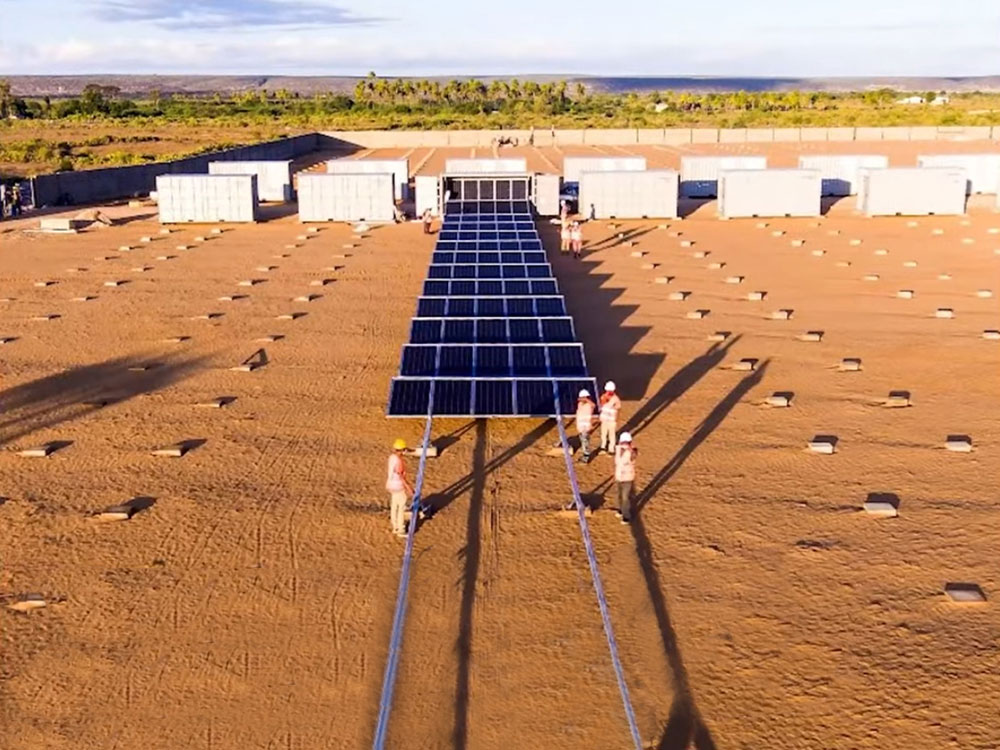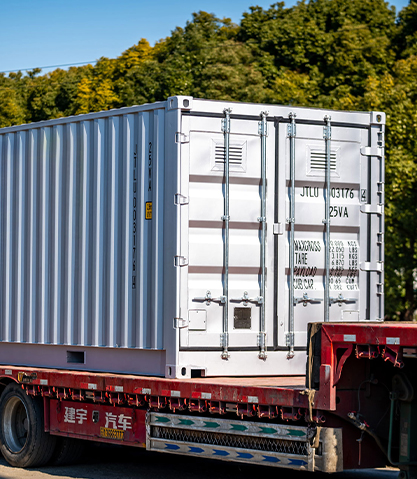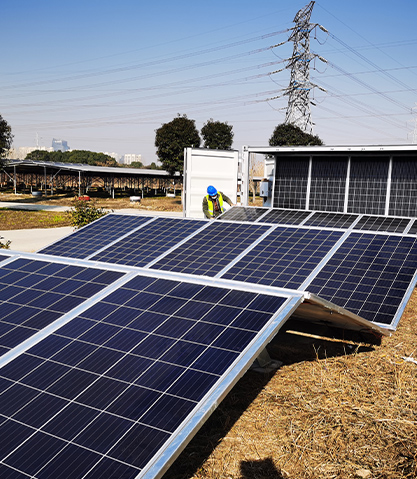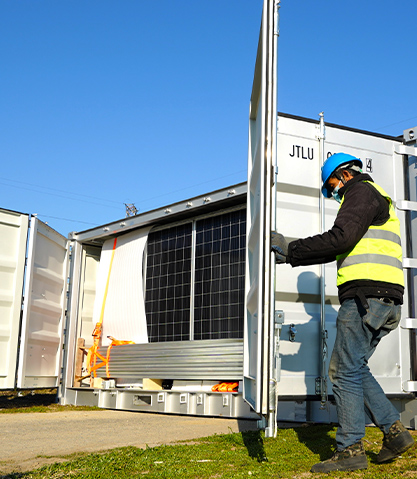A Solar Fold Mobile Grid differs from traditional solar power systems primarily in its design, portability, deployment speed, and intended use cases. Here are the main points of differentiation:

1. Portability and Compact Design
Solar Fold Mobile Grids are specifically engineered to be foldable and lightweight, allowing easy transport by vehicles, shipping containers, or even by hand in some cases. Their compact, foldable structure enables rapid deployment in remote or temporary locations.
In contrast, traditional solar power systems consist of fixed, rigid solar panels installed permanently on rooftops, ground mounts, or solar farms, making them non-portable and intended for long-term use.
2. Rapid Deployment
The foldable nature allows the Solar Fold Mobile Grid to be set up quickly without the need for heavy machinery or extensive installation work. This makes it ideal for emergency situations, disaster relief, military operations, outdoor events, and construction sites.
Traditional systems require more time-consuming mounting, wiring, and commissioning processes, limiting their flexibility and immediacy.
3. Integrated Mobility Features
Solar Fold Mobile Grids often come with built-in features such as wheels, handles, and modular components to facilitate movement and reconfiguration as needed.
Traditional solar arrays are fixed installations designed for maximum efficiency and durability rather than mobility.
4. Energy Storage and Off-Grid Capability
Many Solar Fold Mobile Grids include integrated battery storage and power management systems to provide off-grid power, ensuring energy availability even when sunlight is insufficient or during night hours.
Traditional solar systems may or may not include storage, and are often connected to the grid, relying on grid infrastructure for energy management.
5. Use Case Flexibility
Solar Fold Mobile Grids are tailored for temporary, remote, or emergency power needs, where quick setup and portability are essential.
Traditional systems focus on long-term energy generation for residential, commercial, or utility-scale applications.
6. Scalability and Modularity
Foldable mobile grids are often modular, allowing users to combine multiple units to scale power output according to need.
Traditional systems are scalable but generally require careful planning and physical space allocation.
Summary Table
| Feature | Solar Fold Mobile Grid | Traditional Solar Power System |
| Portability | High (foldable, lightweight, mobile) | Low (fixed, permanent installations) |
| Deployment Speed | Rapid (minutes to hours) | Slow (days to weeks) |
| Installation Requirements | Minimal tools and setup | Requires mounting, wiring, permits |
| Mobility Features | Wheels, handles, modular design | None |
| Energy Storage | Often integrated for off-grid use | Optional, often grid-tied |
| Primary Use Cases | Emergency, remote sites, temporary setups | Residential, commercial, utility-scale |
Conclusion
The Solar Fold Mobile Grid offers a versatile, portable alternative to traditional solar power systems, focusing on quick deployment and mobility. It is ideal for scenarios where energy access must be established rapidly and flexibly, whereas traditional systems prioritize long-term, fixed installations with maximum efficiency.

 English
English 中文简体
中文简体 عربى
عربى



